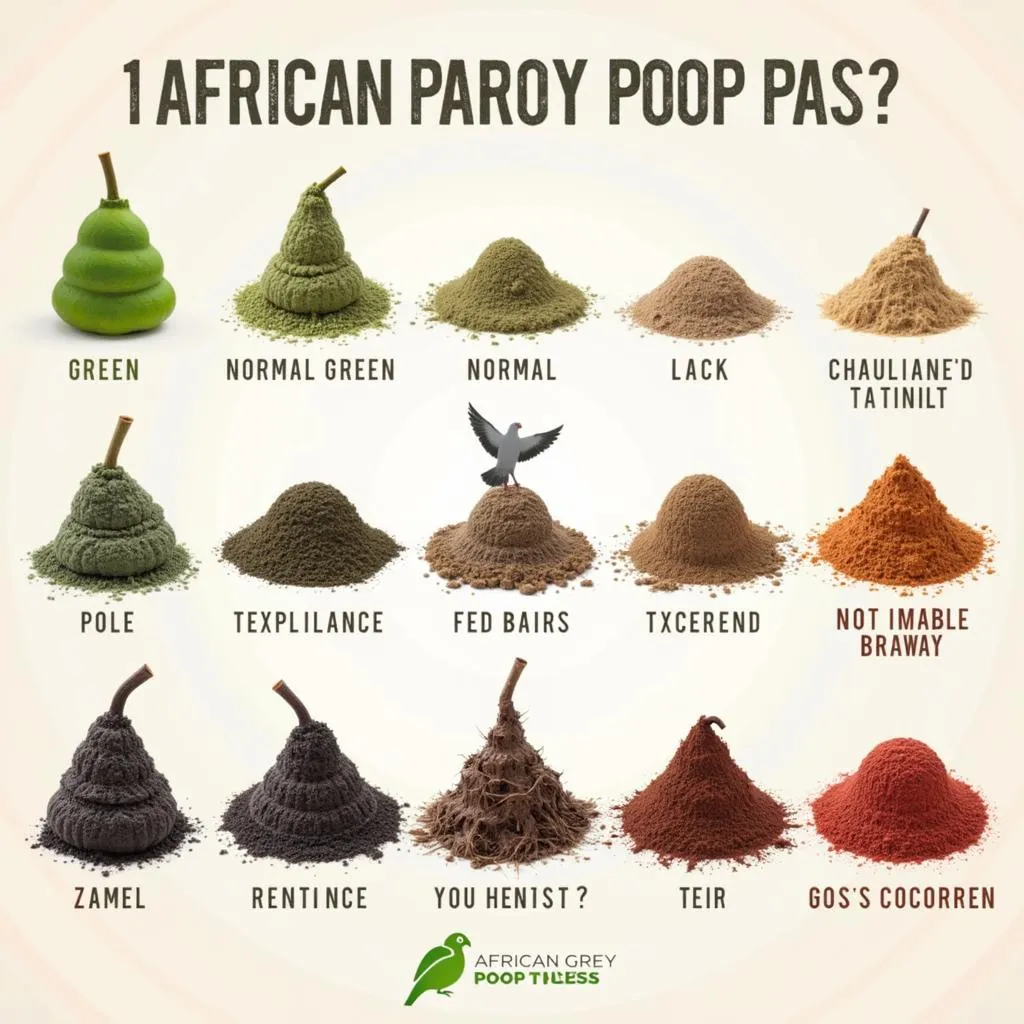Unveiling the Beauty of the African Black-Headed Oriole
The African black-headed oriole, scientifically known as Oriolus larvatus, is a striking bird that brightens the landscapes of sub-Saharan Africa. With its vibrant plumage and melodious song, this oriole species captivates birdwatchers and nature enthusiasts alike. This article delves into the fascinating world of the African black-headed oriole, exploring its physical characteristics, habitat, behavior, and more.
A Vision in Black and Gold: Appearance and Sexual Dimorphism
The African black-headed oriole is a medium-sized bird, measuring about 22-25 centimeters in length. True to its name, the male boasts a jet-black head, contrasting strikingly with its bright golden-yellow body. The wings are black with a prominent yellow patch, creating a visually appealing pattern. The female, while equally beautiful, exhibits a more subdued coloration. Her head is greenish-yellow, and her underparts are a duller yellow compared to the male’s vibrant hue. This difference in appearance between the sexes, known as sexual dimorphism, is common among many bird species.
From Woodlands to Gardens: Adaptable Habitat and Distribution
The African black-headed oriole is a highly adaptable species, inhabiting a wide range of habitats across sub-Saharan Africa. It thrives in various woodland types, including open forests, savannas, and riverine forests. This oriole species has also successfully adapted to human-modified environments and can be found in gardens, parks, and plantations. Its wide distribution and adaptability contribute to its relatively stable population.
A Symphony in the Trees: Song and Vocalizations
The African black-headed oriole is renowned for its rich, flute-like song, which adds to the symphony of sounds in its habitat. The male is the primary songster, often perching high in the canopy to deliver its melodious calls. These vocalizations serve various purposes, including attracting mates, defending territories, and communicating with other orioles.
A Fruity Feast: Diet and Foraging Behavior
The African black-headed oriole’s diet consists primarily of fruits, with a particular fondness for figs. This preference for fruit makes them important seed dispersers, contributing to the ecological balance of their habitat. They supplement their fruit diet with insects, nectar, and occasionally small reptiles. African black-headed orioles are agile foragers, gleaning insects from foliage and plucking fruits from branches with their sharp beaks.
Nesting and Reproduction: Raising the Next Generation
During the breeding season, African black-headed orioles form monogamous pairs. The female takes the lead in constructing a neat, cup-shaped nest, typically suspended from a forked branch high in a tree. She weaves together grass, leaves, and spiderwebs to create a secure and camouflaged cradle for her eggs. Both parents share the responsibility of incubating the eggs and caring for the chicks. The young orioles fledge after about two weeks, their vibrant plumage gradually developing as they mature.
Conservation Status and Threats: A Reason for Optimism
The African black-headed oriole is currently listed as a species of “Least Concern” by the International Union for Conservation of Nature (IUCN). This indicates that its population is considered stable and not facing immediate threats of extinction. However, habitat loss due to deforestation and agricultural expansion poses a potential long-term challenge for this species. Continued monitoring and conservation efforts are essential to ensure the continued well-being of the African black-headed oriole populations.
The African black-headed oriole, with its captivating beauty and melodious song, stands as a testament to the rich biodiversity of Africa. Its adaptability and resilience offer hope for its future, while its ecological role as a seed disperser highlights the interconnectedness of species within their ecosystems. As we continue to learn about and appreciate these feathered wonders, we contribute to their conservation and the preservation of Africa’s natural heritage for generations to come.




